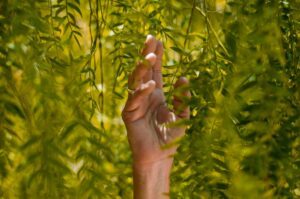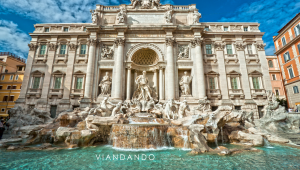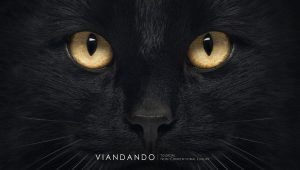Planning an Italian holiday but want to escape the tourist hordes? In the next few weeks we will show you five lesser-Italian known gems you should visit in the next future.
Let’s start with the Maremma area in Tuscany.
Travelers in search of a wild, unknown Tuscany will find just what they are looking for in one of the few areas of Italy where nature still reigns uncontested. It’s like an Italian version of the Wild West, with vast expanses of pristine countryside covered in olive groves and vineyards, Tuscan cowboys (butteri) and buffalos and an unspoiled coastline with amazing beaches and beguiling coves.
The Maremma is a fantastic land with a captivating history that dates back to the Etruscans. Is the territory between two notable mountains, Monte Amiata, Italy’s highest extinct volcano and Monte Argentario that overlooks the lovely village of Porto Ercole where the painter Caravaggio died. From the coast here you can see the Tuscan archipelago of Giglio and Giannutri with Elba in the far distance. The Maremma coast is chic but discreet and boasts some of the best beaches in Tuscany. It has long stretches of sand and clear water including those in the Nature Reserve of the Uccellina Park and the lovely Feniglia Beach that connects Mount Argentario to the mainland.
Here you won’t find cities of art comparable to Siena, San Gimignano or Florence, but silent, peaceful, intact villages such as Pitigliano, entirely built in the tufo or tuff, the lovely medieval hamlet of Capalbio or Talamone, a charming village overlooking the sea.
Travelers in search of relaxation won’t be disappointed by this corner of Italy. In fact, the area offers some of the most prestigious spas, such as the Terme di Saturnia resort, with a swimming pool that draws directly from the subterranean thermal waters.
Wine lovers surely know that in this remote area was coined the term Super Tuscan to describe red wines from Tuscany that may include non-indigenous grapes, such as Merlot, Cabernet Sauvignon, and Syrah. During the 1970’s, some Italian winemakers, frustrated with the inflexibility of wine laws in their country, began blending ‘unsanctioned’ wine varieties into their wines to produce high quality wines like the world famous Sassicaia and Ornellaia.
All the rest must be discovered and experienced directly, using all five senses. This is the only way to truly appreciate the charm and beauty of this hidden corner of Tuscany that enraptures and enchants forever those few who know it.






